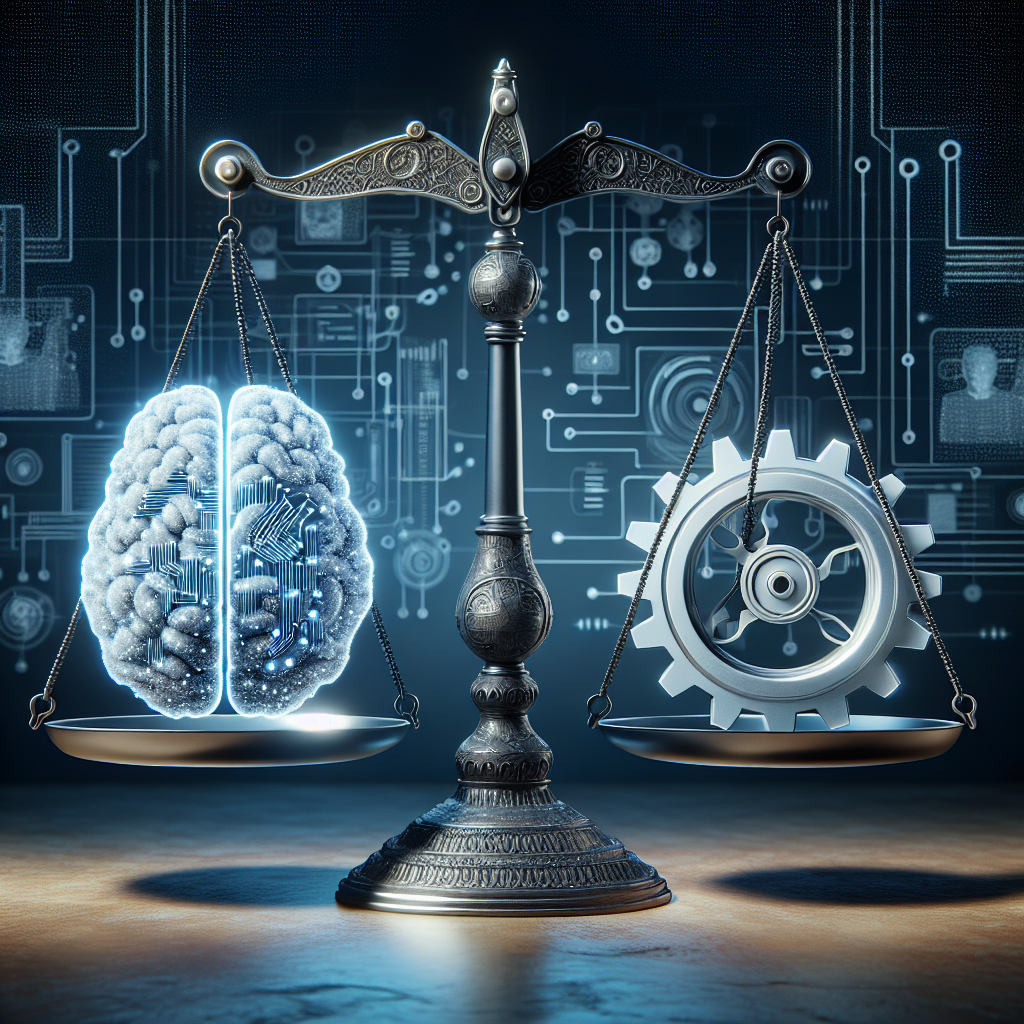Artificial Intelligence (AI) and Machine Learning (ML) are two of the most talked-about technologies in the modern world. Both have the ability to revolutionize industries, automate processes, and improve efficiency. However, there is often confusion about the differences between AI and ML, and which technology is more adaptive to changing circumstances. In this article, we will explore the differences between AI and ML, and discuss which technology is more adaptive.
AI vs ML: What’s the Difference?
Artificial Intelligence is a broad field of computer science that focuses on creating machines that can perform tasks that typically require human intelligence. This includes tasks such as speech recognition, decision-making, and language translation. AI systems can be categorized into two main types: Narrow AI and General AI. Narrow AI, also known as Weak AI, is designed to perform a specific task, such as playing chess or driving a car. General AI, also known as Strong AI, is the goal of creating machines that can perform any intellectual task that a human can do.
Machine Learning, on the other hand, is a subset of AI that focuses on developing algorithms that can learn from and make predictions or decisions based on data. ML algorithms are trained on large datasets and use statistical techniques to identify patterns and make predictions. There are three main types of ML algorithms: supervised learning, unsupervised learning, and reinforcement learning. Supervised learning involves training a model on labeled data, unsupervised learning involves finding patterns in unlabeled data, and reinforcement learning involves learning through trial and error.
Which Technology is More Adaptive?
When it comes to adaptability, both AI and ML have their strengths and weaknesses. AI systems are designed to be more flexible and adaptable to changing circumstances. They can learn from new data, adjust their behavior, and make decisions based on changing conditions. For example, an AI system that is trained to play chess can adapt to a new opponent’s playing style, learn new strategies, and improve its performance over time.
On the other hand, ML algorithms are more specialized and focused on specific tasks. They are trained on specific datasets and are optimized for making predictions based on that data. While ML algorithms can be retrained on new data to improve their performance, they are not as flexible or adaptable as AI systems. For example, a ML algorithm that is trained to predict stock prices may not be able to adapt to changes in the market or new trading strategies.
Overall, AI systems are generally more adaptive than ML algorithms because they are designed to be more flexible and intelligent. They can learn from new data, adjust their behavior, and make decisions based on changing circumstances. However, ML algorithms are still valuable tools for making predictions and analyzing data in specific domains.
FAQs
Q: Can AI and ML be used together?
A: Yes, AI and ML are often used together in applications. ML algorithms are used to train AI systems and provide them with the ability to learn from data. AI systems can then use this learned knowledge to make decisions and perform tasks.
Q: Are AI and ML the same thing?
A: No, AI is a broad field of computer science that focuses on creating machines that can perform tasks that typically require human intelligence. ML is a subset of AI that focuses on developing algorithms that can learn from and make predictions based on data.
Q: Which technology is more popular in industry?
A: Both AI and ML are popular technologies in industry, but AI is generally more widely adopted due to its flexibility and adaptability. ML is also widely used for making predictions and analyzing data in specific domains.
In conclusion, both AI and ML are valuable technologies that have the potential to revolutionize industries and improve efficiency. While AI systems are generally more adaptive and intelligent, ML algorithms are also valuable tools for making predictions and analyzing data. By understanding the differences between AI and ML, organizations can leverage the strengths of both technologies to achieve their goals and stay ahead of the competition.

